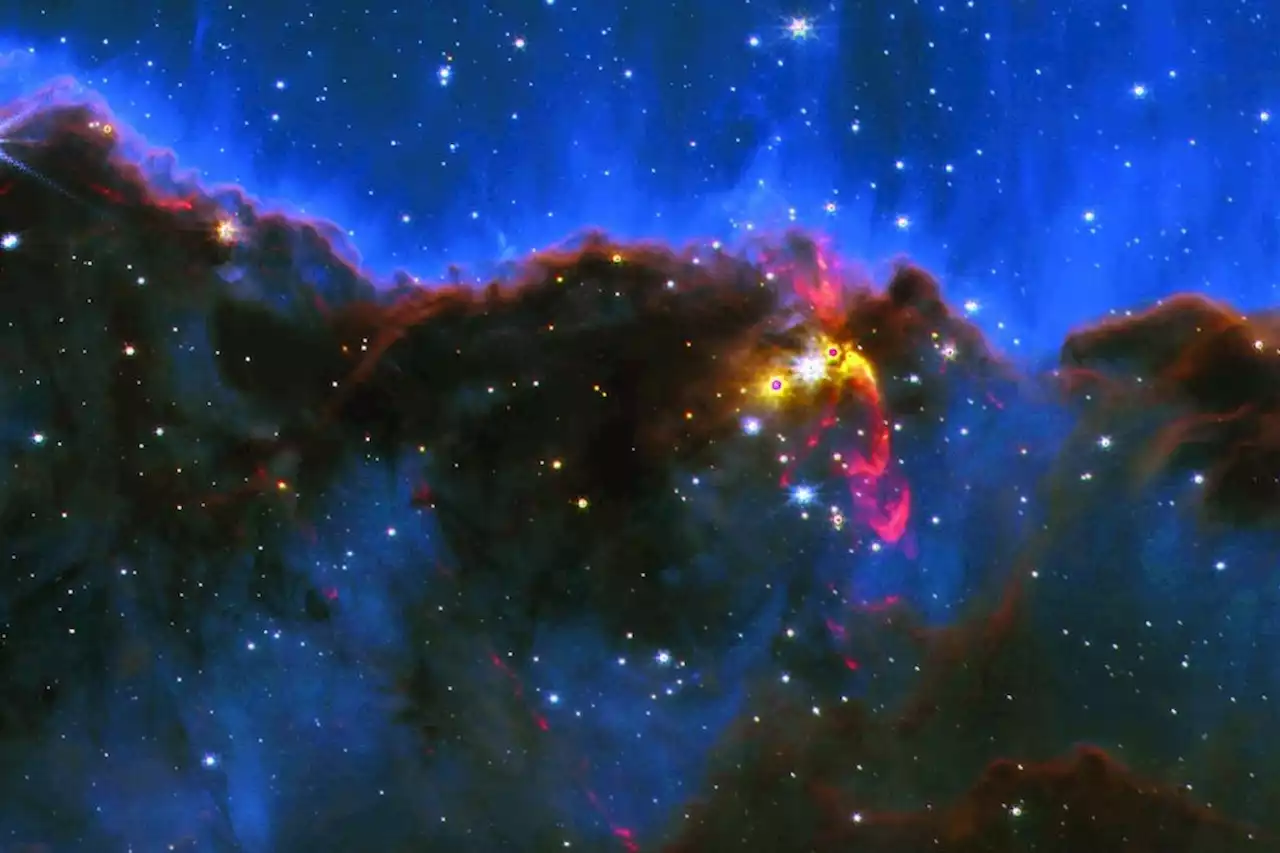Webb’s infrared camera peers through dust clouds, enabling discovery. Rice University astronomer Megan Reiter and colleagues took a “deep dive” into one of the first images from NASA’s James Webb Space Telescope and were rewarded with the discovery of telltale signs from two dozen previously unseen
Matter flows away from the poles of newborn stars in fast-moving columns that plow through nebular clouds. Gas and dust pile up in front of these outflows, forming waves called “bow shocks” in much the same way that bow waves form at the leading edge of seagoing ships. This false-color infrared image from the James Webb Space Telescope shows bow shocks of molecular hydrogen streaming away from newborn stars in a star-forming region called the Cosmic Cliffs in the southern constellation Carina.
Reiter and colleagues focused their attention on a portion of NGC 3324 where only a few young stars had previously been found. By analyzing a specific infrared wavelength, 4.7 microns, they discovered two dozen previously unknown outflows of molecular hydrogen from young stars. The outflows range in size, but many appear to come from protostars that will eventually become low-mass stars like Earth’s sun.
Within their first 10,000 years, newborn stars gather material from the gas and dust around them. Most young stars eject a fraction of that material back into space via jets that stream out in opposite directions from their poles. Dust and gas pile up in front of the jets, which clear paths through nebular clouds like snowplows. One vital ingredient for baby stars, molecular hydrogen, gets swept up by these jets and is visible in Webb’s infrared images.
Study co-author Jon Morse of the California Institute of Technology said jets like those discovered in the study “are only visible when you embark on that deep dive — dissecting data from each of the different filters and analyzing each area alone.Reiter said the size of the Webb telescope also played a role in the discovery.
United States Latest News, United States Headlines
Similar News:You can also read news stories similar to this one that we have collected from other news sources.
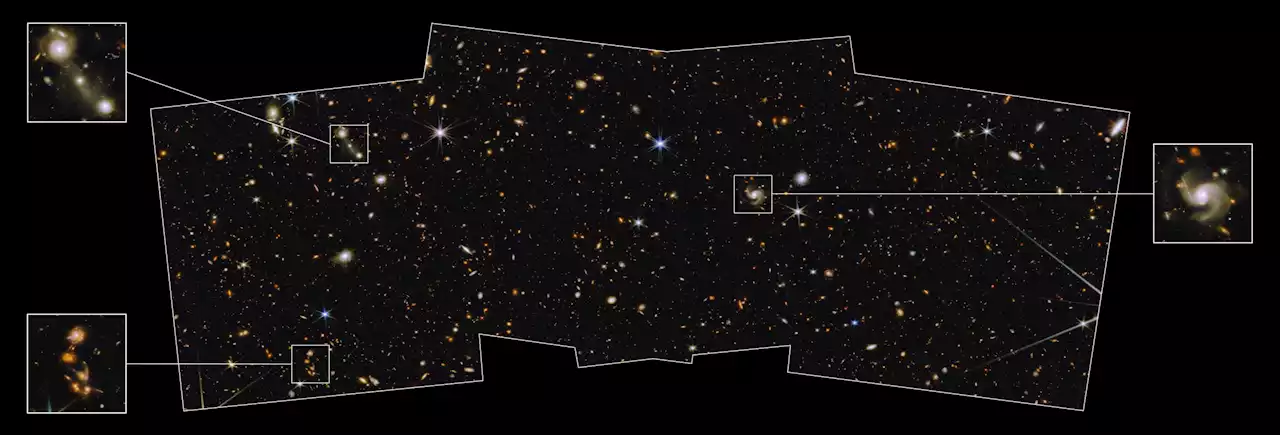 Webb Space Telescope Captures North Ecliptic Pole – Studded With Galactic DiamondsNASA’s James Webb Space Telescope has captured one of the first medium-deep wide-field images of the cosmos, featuring a region of the sky known as the North Ecliptic Pole. The image, which accompanies a paper published on December 14 in the Astronomical Journal, is from the Prime Extragalactic Area
Webb Space Telescope Captures North Ecliptic Pole – Studded With Galactic DiamondsNASA’s James Webb Space Telescope has captured one of the first medium-deep wide-field images of the cosmos, featuring a region of the sky known as the North Ecliptic Pole. The image, which accompanies a paper published on December 14 in the Astronomical Journal, is from the Prime Extragalactic Area
Read more »
 10 incredible James Webb Space Telescope images reveal the wonders of the universeThe Hubble telescope continues to be a great scientific instrument and can see at optical wavelengths where the JWST cannot. But the Webb telescope can see much further into the infrared with greater sensitivity and sharpness.
10 incredible James Webb Space Telescope images reveal the wonders of the universeThe Hubble telescope continues to be a great scientific instrument and can see at optical wavelengths where the JWST cannot. But the Webb telescope can see much further into the infrared with greater sensitivity and sharpness.
Read more »
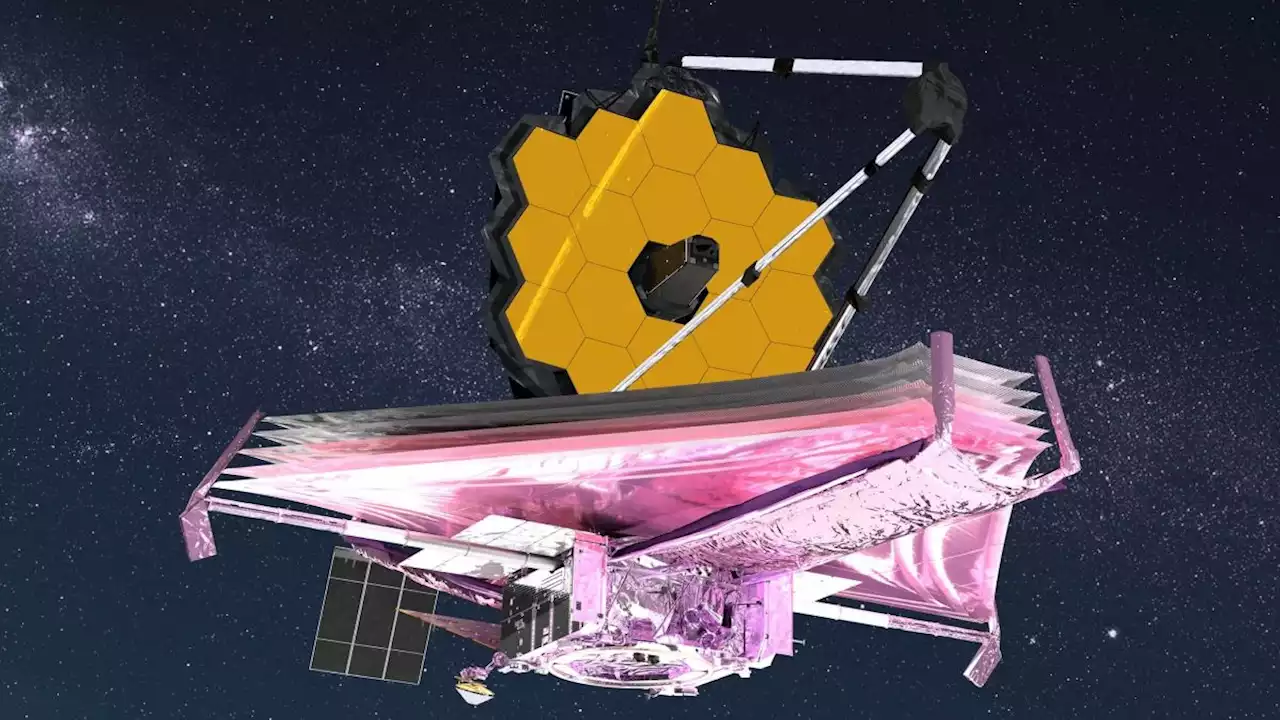 James Webb Space Telescope's 1st year in space has blown astronomers awayKeith Cooper is a freelance science journalist and editor in the United Kingdom, and has a degree in physics and astrophysics from the University of Manchester. He's the author of 'The Contact Paradox: Challenging Our Assumptions in the Search for Extraterrestrial Intelligence' (Bloomsbury Sigma, 2020) and has written articles on astronomy, space, physics and astrobiology for a multitude of magazines and websites.
James Webb Space Telescope's 1st year in space has blown astronomers awayKeith Cooper is a freelance science journalist and editor in the United Kingdom, and has a degree in physics and astrophysics from the University of Manchester. He's the author of 'The Contact Paradox: Challenging Our Assumptions in the Search for Extraterrestrial Intelligence' (Bloomsbury Sigma, 2020) and has written articles on astronomy, space, physics and astrobiology for a multitude of magazines and websites.
Read more »
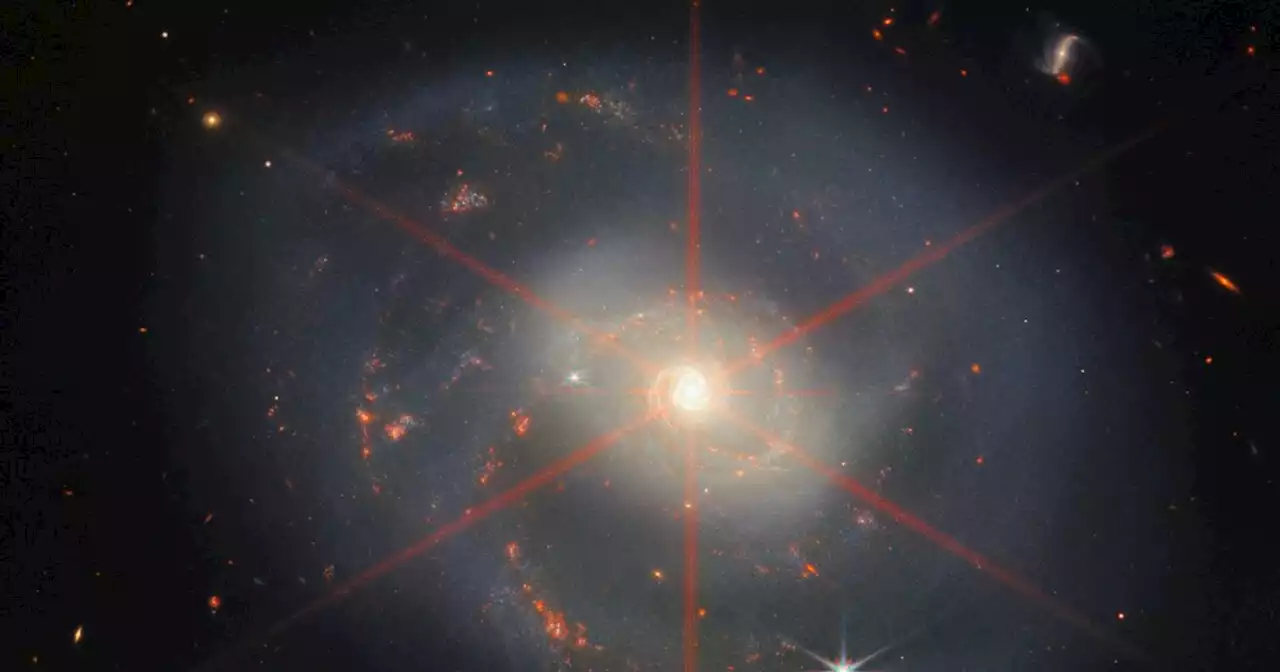 James Webb image shows the bright glowing heart of a galaxy | Digital TrendsAstronomers recently shared a stunning new image of space from the James Webb Space Telescope, showing a galaxy with an unusually bright heart.
James Webb image shows the bright glowing heart of a galaxy | Digital TrendsAstronomers recently shared a stunning new image of space from the James Webb Space Telescope, showing a galaxy with an unusually bright heart.
Read more »
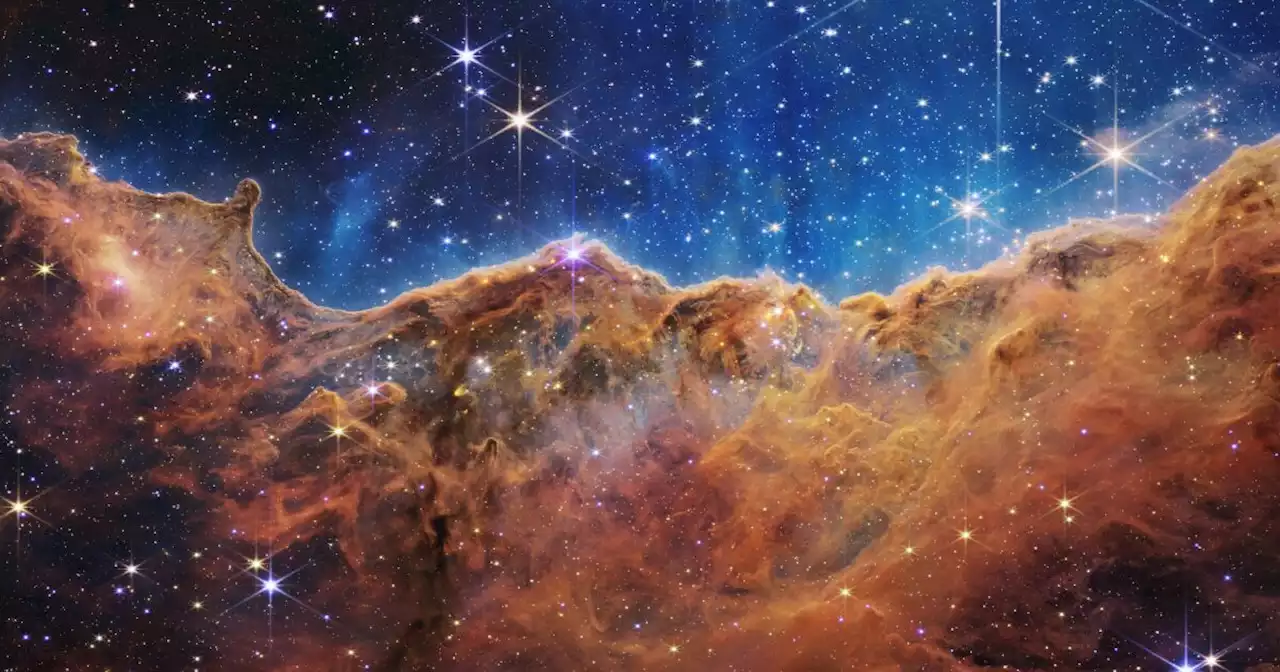 Opinion: Here’s why we should add the James Webb Space Telescope to our list of holiday celebrationsInstead of dividing, scientific discoveries have a unique capacity to unite people from many different backgrounds and religions.
Opinion: Here’s why we should add the James Webb Space Telescope to our list of holiday celebrationsInstead of dividing, scientific discoveries have a unique capacity to unite people from many different backgrounds and religions.
Read more »
 JWST has changed the speed of discovery, for better or for worseEvery day JWST returns around 60 gigabytes of data to Earth, about the amount a basic iPhone can hold. That adds up fast, and astronomers are under pressure.
JWST has changed the speed of discovery, for better or for worseEvery day JWST returns around 60 gigabytes of data to Earth, about the amount a basic iPhone can hold. That adds up fast, and astronomers are under pressure.
Read more »
